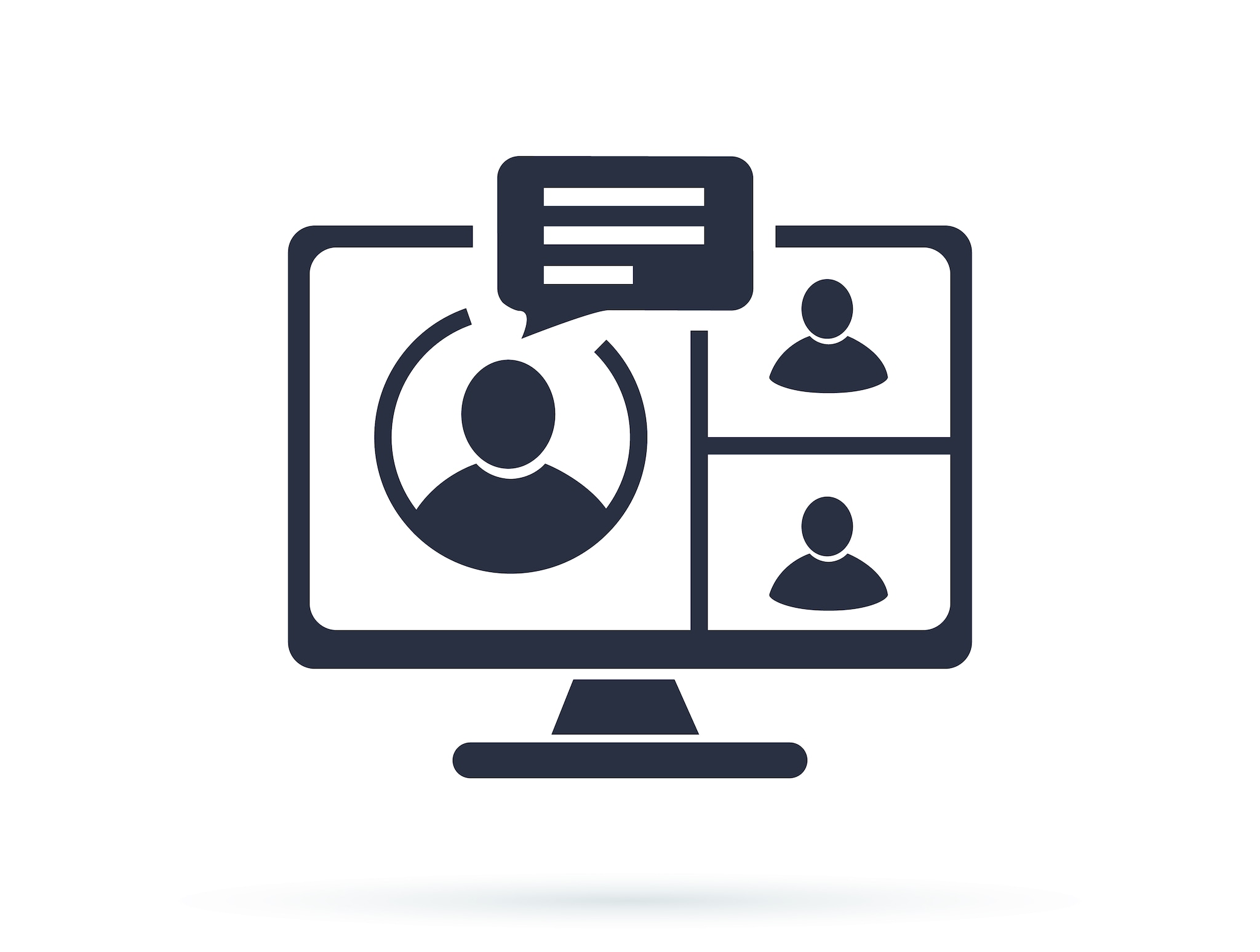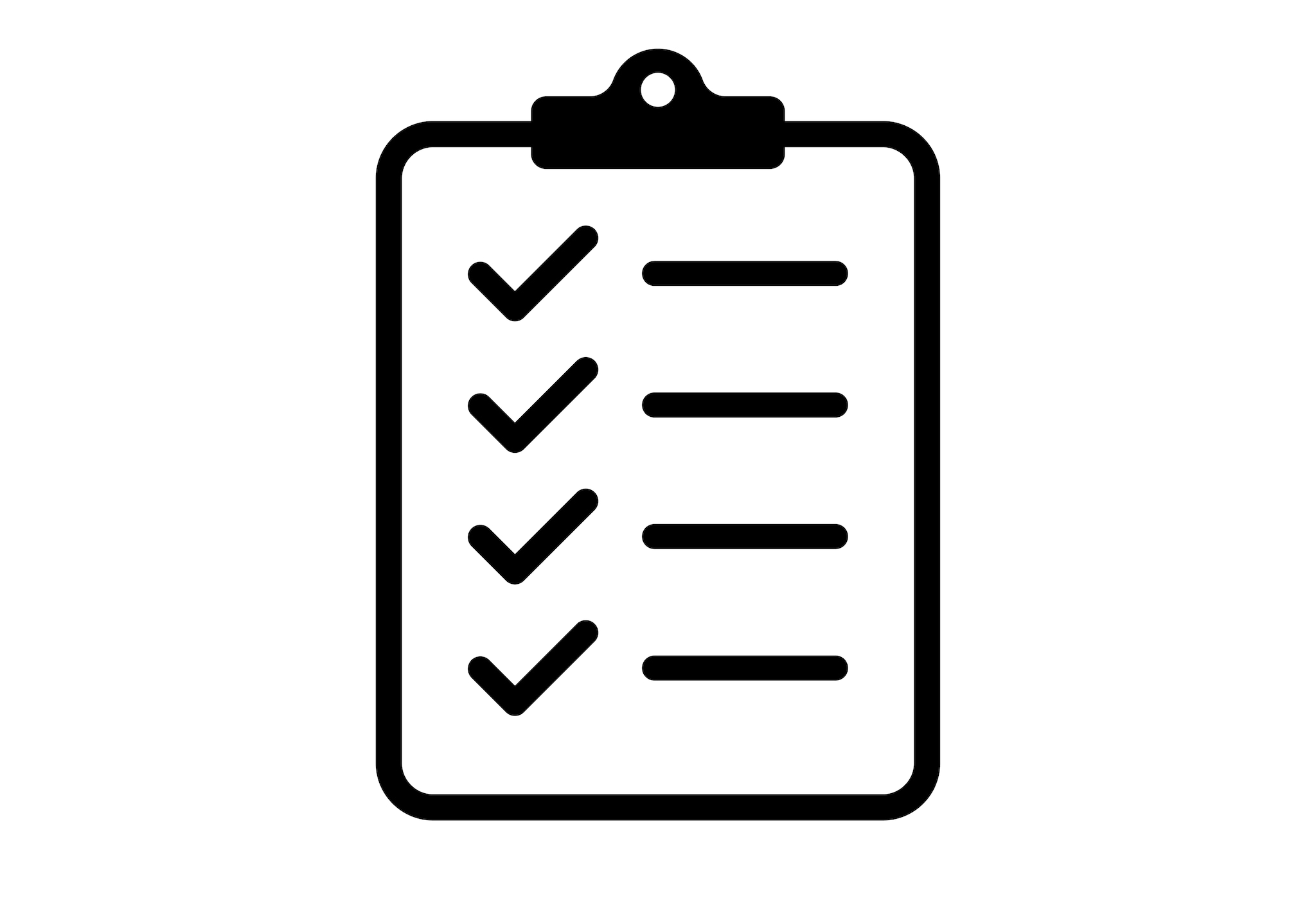Poison Center and Public Health Collaborations Community of Practice
About
The Poison Center and Public Health Collaborations Community of Practice (PCPH CoP) was created in 2010 by the Council of State and Territorial Epidemiologists (CSTE), America’s Poison Centers, and the Centers for Disease Control and Prevention (CDC) to facilitate better collaboration between federal, state, and local public health agencies and poison centers.
Data collected by the nation’s poison centers are an important tool for all-hazards exposure and illness surveillance. Close collaboration and open communication among public health partners and poison centers are necessary to leverage poison center data for public health surveillance.
PCPH CoP Mission:
To facilitate better collaboration between federal, state, and local health agencies and poison centers through sharing ideas and best practices to enhance disease surveillance.
The primary goals of the PCPH CoP are the following:
- Build knowledge on public health and toxicology topics.
- Develop and formulate best practices for poison center and public health collaboration.
Activities

Webinars
The PCPH CoP hosts a quarterly webinar series featuring various topics and activities from around the country. Past webinar topics include cannabinoid-associated coagulopathy; lead surveillance; wildfires, climate change, and poison control; harmful algal blooms; pesticide poisonings; and others.

CDC develops and releases a newsletter for the PCPH CoP several times a year, featuring select topics and resources relevant to members. Newsletters are available to view online.

Special Projects
Assessment of the Collaboration between Health Departments and Poison Centers
In 2012, the PCPH CoP launched a special project to better characterize current collaboration and barriers to collaboration between poison centers and state and local health departments. The results of this evaluation illustrated the wide spectrum of collaboration and partnerships that exist between poison centers and health departments across the country. Read more in the report [PDF – 1,679 KB].
Join the PCPH CoP
PCPH CoP membership consists of more than 250 public health and poison control professionals from across the country. Members of the PCPH CoP include
- Poison center professionals,
- Public health professionals at state, tribal, local, and territorial health departments,
- First responders,
- Emergency managers, and
- Medical professionals.
To become a member, contact PCPHCoP@cdc.gov.
Data collected by the nation’s poison centers (PCs) is an important tool for all-hazards exposure and illness surveillance. Close collaboration and open communication among local, state, and federal public health partners and PCs is necessary to leverage PC data for public health surveillance.
In 2010, the Council of State and Territorial Epidemiologists, (CSTE), American Association of Poison Control Centers (AAPCC), and the Centers for Disease Control and Prevention’s Health Studies spearheaded the creation of the Poison Center & Public Health Collaboration CoP.
Mission: To bolster collaboration between federal, state, and local health agencies and departments and poison centers through sharing best practices and facilitating networking between members
Successes:
- Recruited more than 250 public health and PC professionals as active members of the CoP
- Established a CoP steering committee to set goals and direction of CoP
- Conducted more than 25 national webinars on state and national public health uses of PC data (see select examples in table of select previous webinars)
- Led eight roundtable discussions at national meetings to discuss the importance, current state, and obstacles between PC and health department (HD) collaboration
- Conducted special projects focused on supporting partnerships between HDs and PCs (example below)
CoP Special Project:
In 2012, the steering committee developed questions to better characterize current collaboration and barriers to collaboration between PCs and state and local HDs. Questions were then tailored towards either PC managing directors or state and local epidemiologists and administered as an online survey. HD results were collected and analyzed by CSTE staff whereas PC results were analyzed by CDC staff. CDC also performed a separate analysis looking at results linked by jurisdiction (I.e., linking the PC(s) that serve a specific state).The results of this evaluation (presented in the two following reports) illustrate the wide spectrum of collaboration and partnerships that exist between PCs and DOHs across the country. Two major findings of this evaluation are:
- PC/DOH partnerships with low collaborative capacity might benefit from improving communication between PCs and DOHS
- PC/DOH partnerships with high collaborative capacity may benefit from addressing data transmission, management, and analysis issues.
Newsletters
| Year | Season | Topic |
|---|---|---|
| 2020 | Winter (anticipated) | Synthetic Cannabinoids |
| 2019 | Spring | Disaster Response [PDF – 496 KB] |
| 2018 | Summer | Facts about Cyanobacterial Harmful Algal Blooms for Poison Center Professionals [PDF – 113 KB] |
| 2016 | Fall | Radiation Emergency Training [PDF – 2 MB] |
| Summer | Opioids [PDF – 830 KB] | |
| Spring | National Poison Prevention Week | |
| Winter | Introduction to the Poison Center Public Health Community of Practice |
Webinars
| Year | Month | Title | Presenter(s) |
|---|---|---|---|
| 2020 | January | Identifying Mushroom Poisonings: Developing Clinical Testing |
|
| 2019 | July | Applying the poison center model to an occupational and patient safety support line |
|
| June | Utilizing Infectious Disease Surveillance Methods in Opioid Epidemic |
|
|
| March | An Overview of CDC’s Enhanced State Opioid Overdose Surveillance (ESOOS) Program |
|
|
| January | Bad Stickers: Pediatric Transdermal Drug Delivery Systems Exposures Reported to the NPDS |
|
|
| 2018 | |||
| December | Using Drug Overdose Syndromic Surveillance Data to Impact Local Public Health Action |
|
|
| September | Epidemiology of Suspected Pesticide Poisoning in Livestock |
|
|
| August | Opioid Misuse in Missouri: Analyzing Emergency Department Use in Urban/Rural Areas |
|
|
| July | Public Health Surveillance in a Large Evacuation Shelter Post Hurricane Harvey |
|
|
| June | Developing Guidance Documents to Facilitate Poison Center and State Health Department Collaboration (CSTE 2018) |
|
|
| April | Harmful Algal Blooms: a public health approach |
|
|
| February | West Virginia Poison Center: Collaboration with Public Health to Monitor Lay Public Naloxone Utilization |
|
|
| 2017 | December | Georgia… We have a problem: The Anatomy of an Opioid Outbreak [ MP4 – 60 MB] |
|
| November | Oregon Poison Center and Oregon Public Health Division monitoring for the 2017 Solar Eclipse |
|
|
| September | Methanol Ingestions: Public Health and Poison Center Response – Tennessee |
|
Select Previous Webinars
| Date | Title | Presenter(s) |
|---|---|---|
| 2017 | Opioid Surveillance Webinar Series #3 Part 1: Syndromic Surveillance Case Definition for Monitoring Opioid Related ED visits in the Colorado North Central Region (CO-NCR), State of Nebraska, and Marion County, Indiana |
|
| Challenges and Implications of Postmarketing Surveillance of Prescription Opioids |
|
|
| Rapid surveillance of overdose morbidity – Developing case definitions, building queries, and analyzing results |
|
|
| 2016 | Collaborative investigation of a clenbuterol-adulterated heroin outbreak in Virginia |
|
| Adulterated medications sold on the street as prescriptions, The Fake Xanax Bars in San Francisco |
|
|
| Development of the Arkansas PCC Mission Ready Package to Support Continuity of Operations and Surge Utilizing the Emergency Management Assistance Compact |
|
|
| 2015 | Massachusetts poisonings and department of public health collaborations |
|
| 2014 | The High Cost of Bath Salts: A Study of the Health Care Burden of Illicit Synthetic Drug Use in Duluth, Minnesota |
|
| 2013 | Linking Poison Center Call Data to Hospital Discharge Data: Understanding proxy variables to better document work related poisonings |
|
| Poison Centers: Public Health’s Information & Communication Partner |
|
|
| Use of data from poison centers for hazardous exposure and illness surveillance (ISDS webinar) |
|
|
| 2012 | Michigan’s public health collaborations to prevent poisonings |
|
| Increasing the use of Poison Centers by the Federal and State Regional Response Team (RRT) in Region 6 to provide medical and public health support |
|
|
| 2011 | Incorporation of Real Time Poison Center Data to Enhance Surveillance – The Florida Department of Health ESSENCE-PIC Project |
|
| Wisconsin’s use of the NPDS web service for surveillance |
|
|
| Poison Center and Public Health Collaboration in Oregon |
|
|
| 2010 | Use of the National Poison Data System for chemical surveillance |
|
| Camphor-Related Seizures – A Bronx Tale: One Case Study of NYC’s PCC Surveillance |
|
Documents:
Community Charter (2011) [PDF – 34 KB]
Use of Poison Center Data Assessment Report (2012)[PDF – 339 KB]
More information:
For more information on the Poison Center and Public Health Collaborations Community of Practice or to become a member, please contact:
Emily Glidden, MPH
Community Facilitator
Centers for Disease Control and Prevention
National Center for Environmental Health
EGlidden@cdc.gov